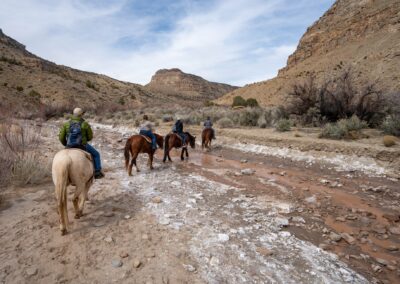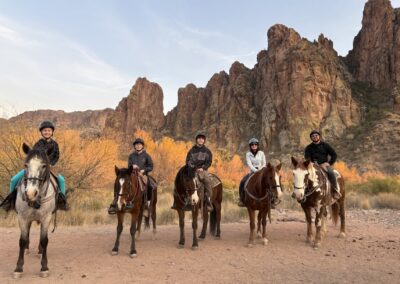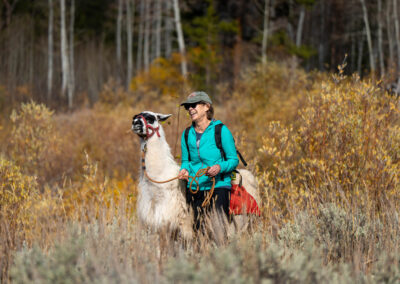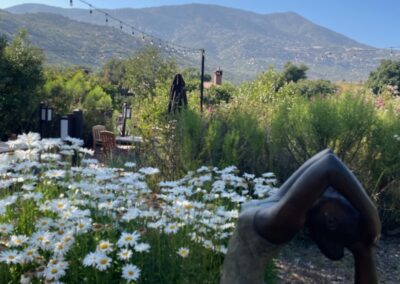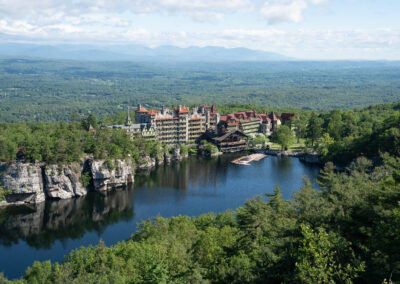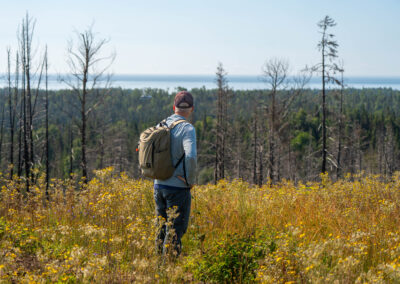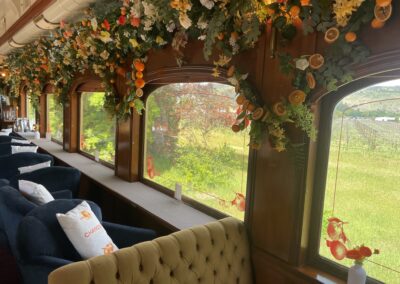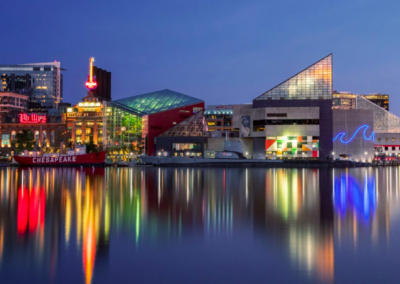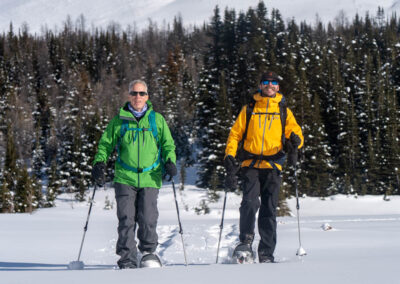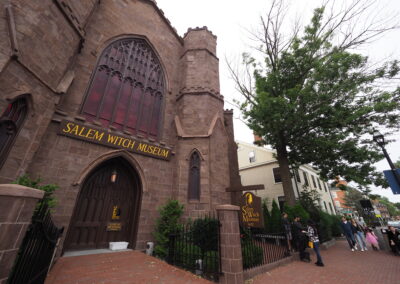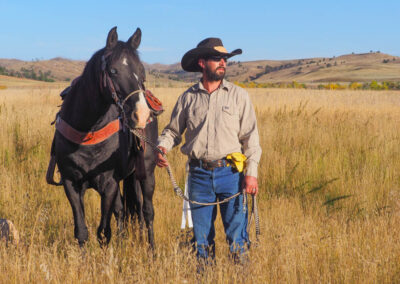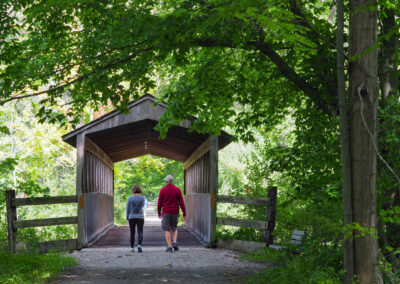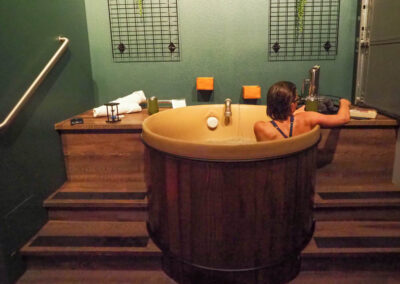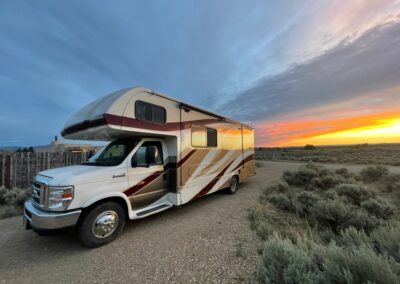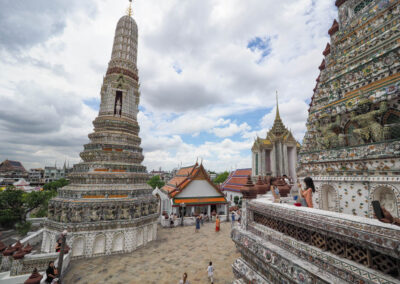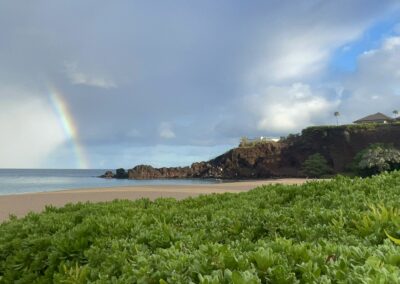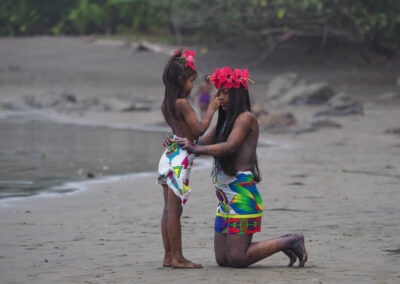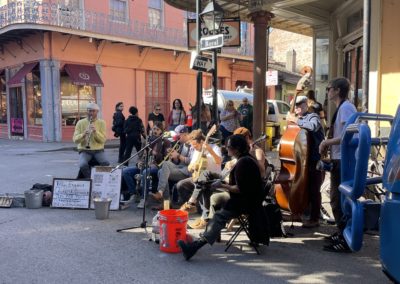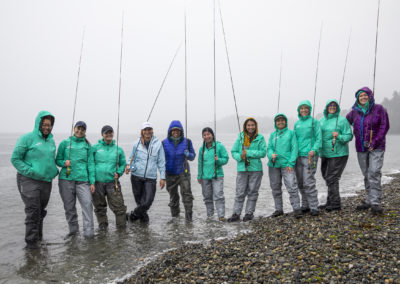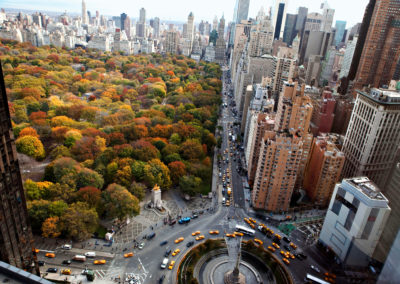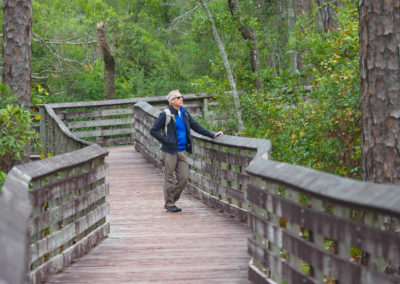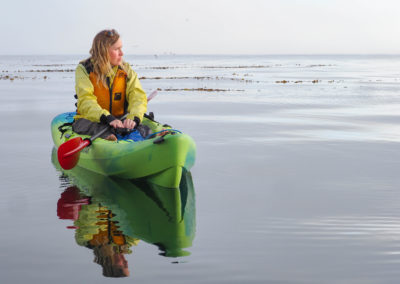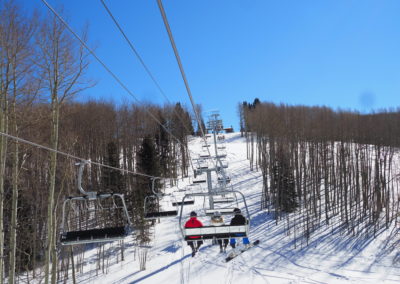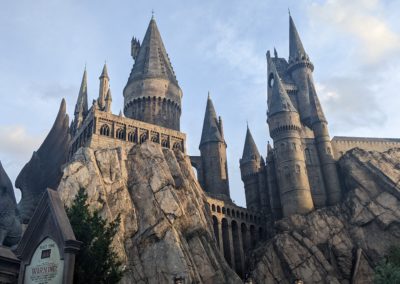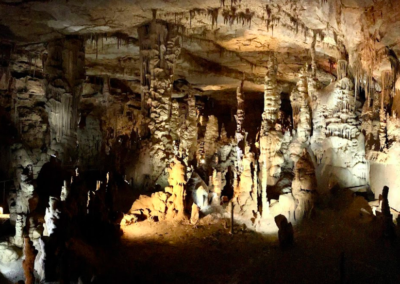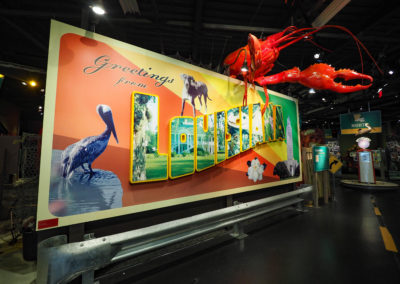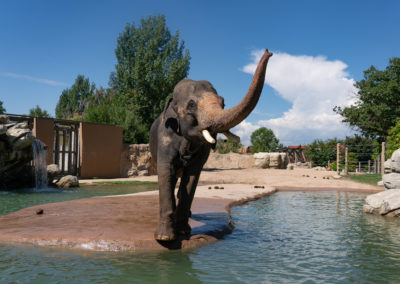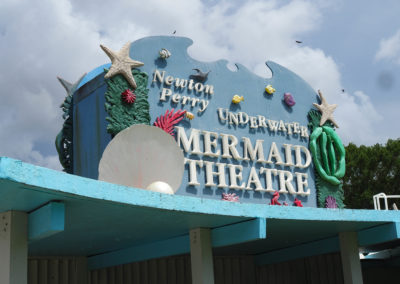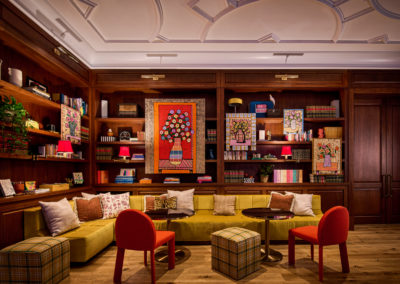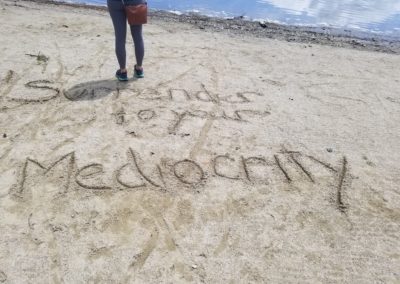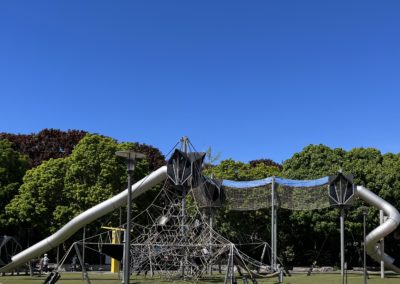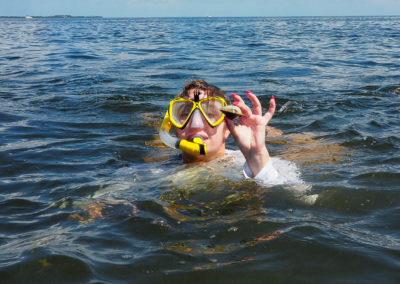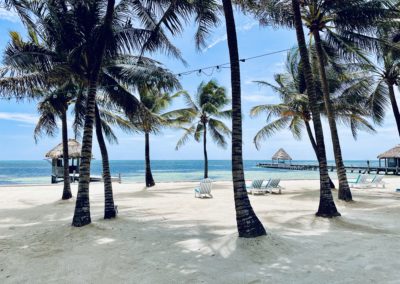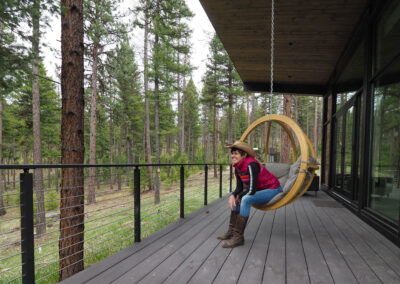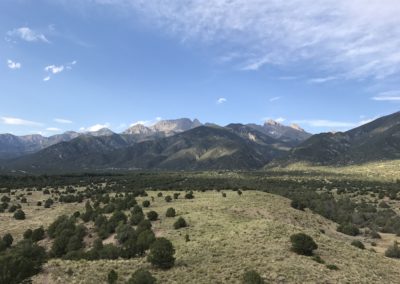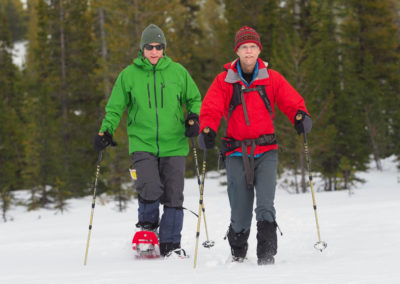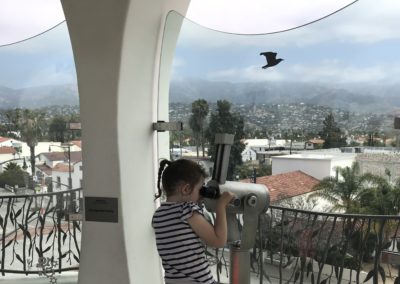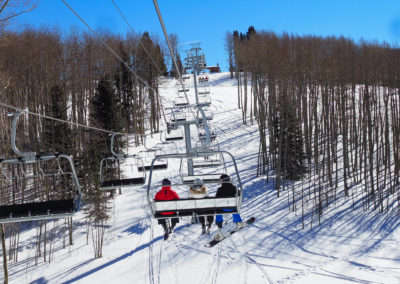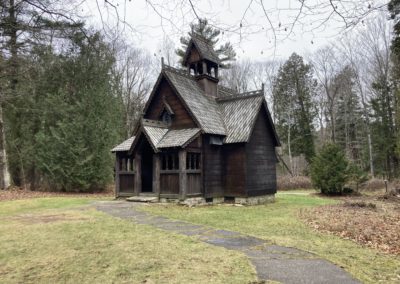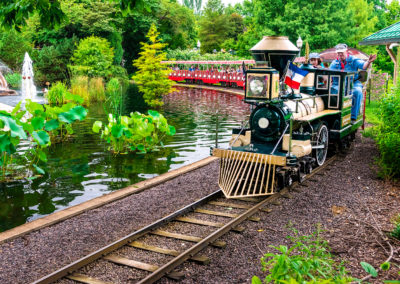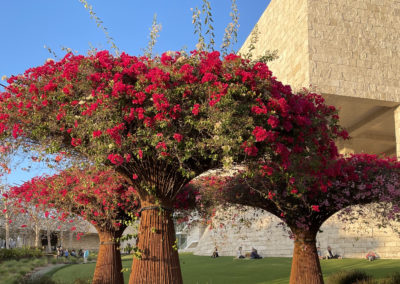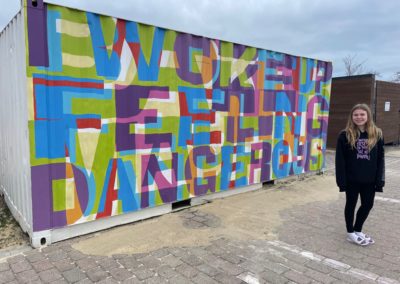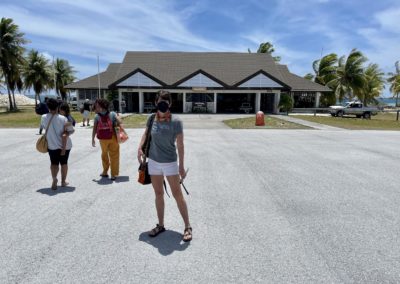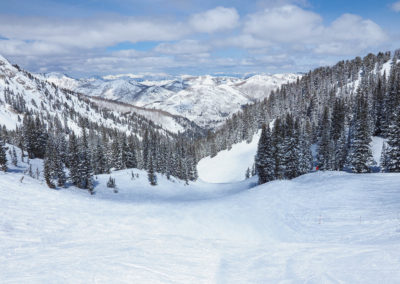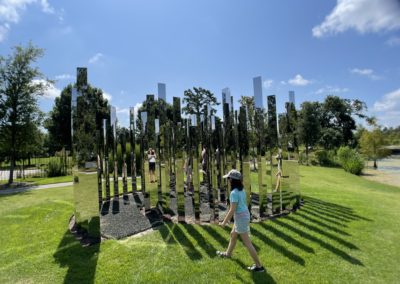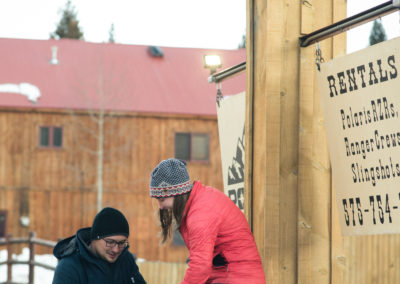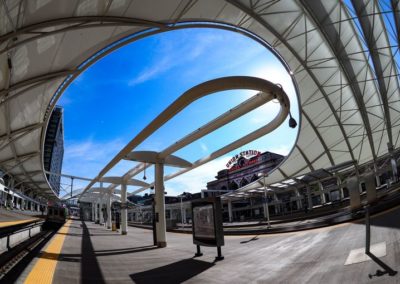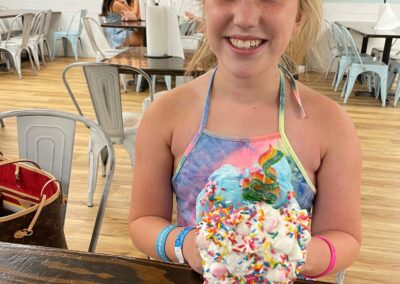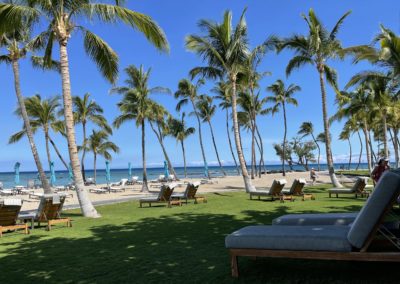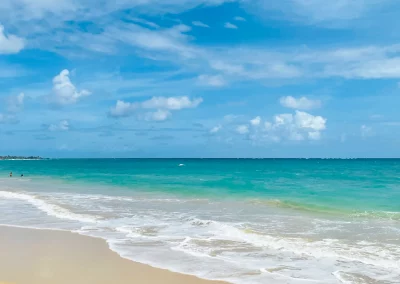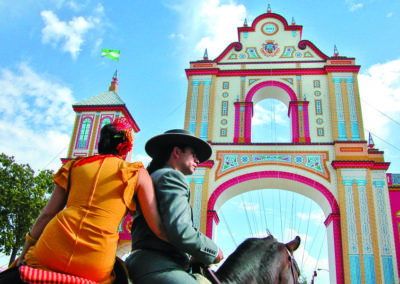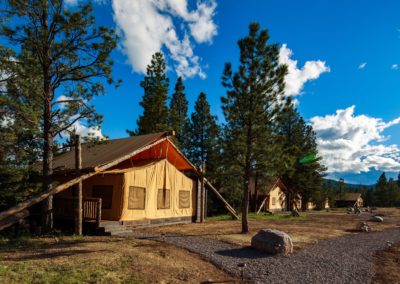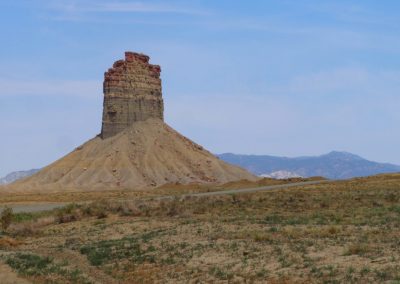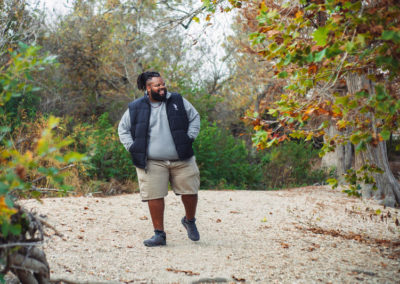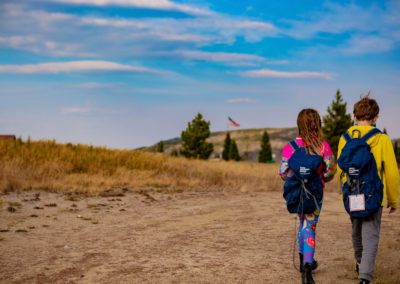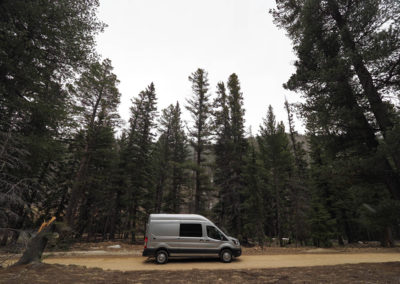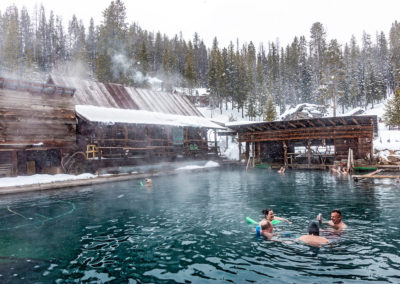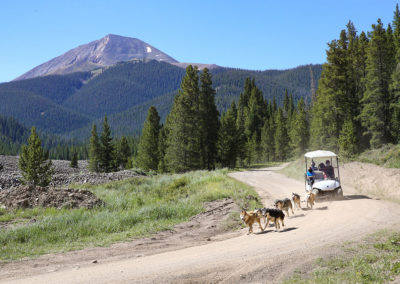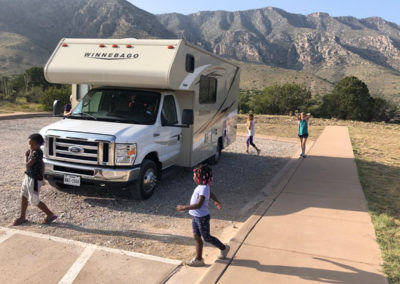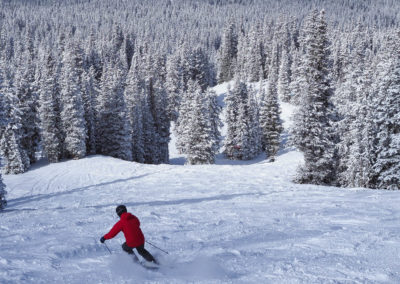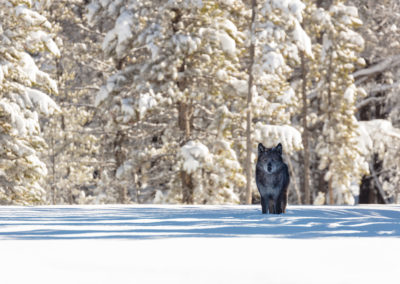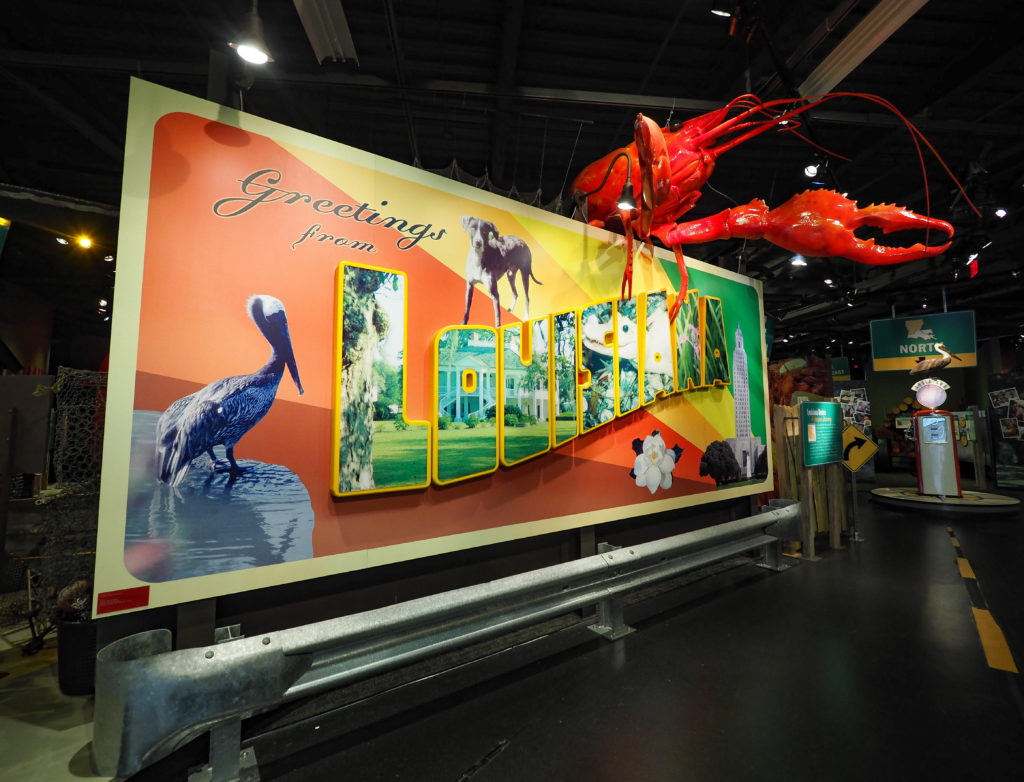
The Capitol Park Museum in Baton Rouge covers culture, food, history and more. Pam LeBlanc photo
Back before I got married, I had no idea how to eat a blue crab. I couldn’t pronounce the name LeBlanc, and I didn’t know the difference between a swamp and a bayou, either.
Looking back, I could have saved lots of time had I driven straight to the Capitol Park Museum in Baton Rouge after meeting my future husband in a hot tub in Jackson Hole, Wyoming. It would have helped me better understand his squirrel-hunting, jambalaya-cooking roots, and prepare me for our annual crawfish boil, when he fires up a pot of water and boils about 150 pounds of mudbugs.

A replica of a paddleboat stands inside the Baton Rouge Museum.
A Baton Rouge Museum that covers it all
I finally got to the museum more than a decade after getting hitched. And last month I revisited the place, which should be a required stop for all Texans who cross our eastern state boundary.
Walking through the 70,000-square-foot space feels a little like attending a Louisiana History and Culture 101 class, if that class were compressed into a single afternoon, didn’t have exams, and made you crave gumbo and beignets. It covers everything from music and food to history and politics.
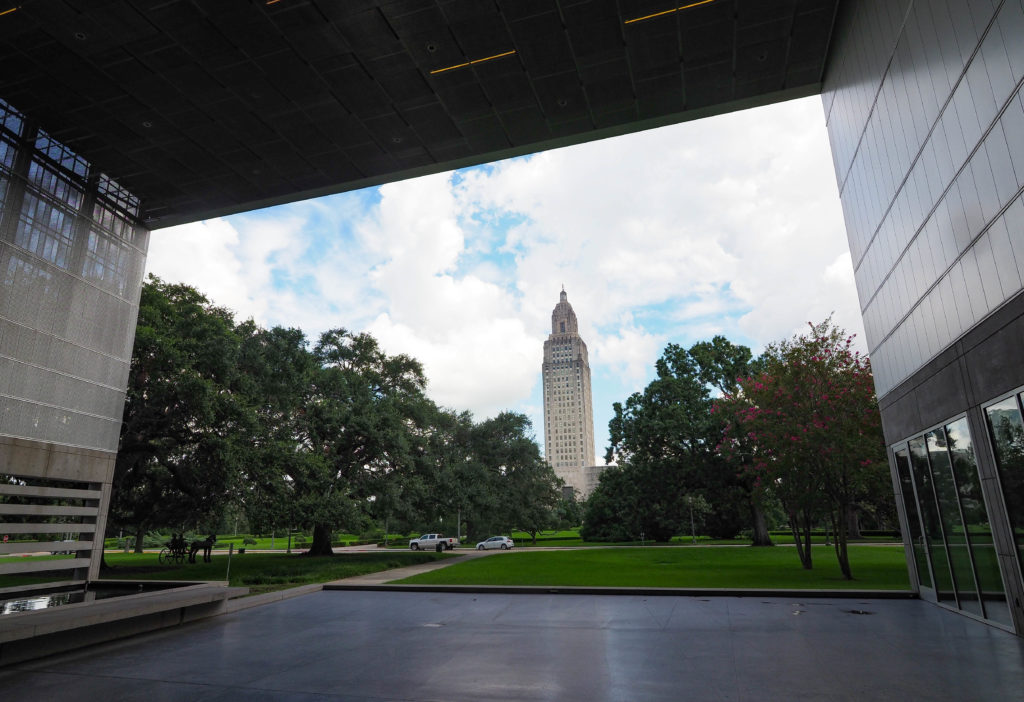
The Capitol Park Museum is across from the Louisiana State Capitol. Pam LeBlanc photo
The museum is located in downtown Baton Rouge, just a few blocks from the Mississippi River. From its post across from the state capitol building, where former Governor Huey P. Long was shot dead and is now buried, it’s ground zero for everything you’d ever want to know about Louisiana.
I spent three hours there during a recent trip to Baton Rouge to visit my in-laws. In that time, I examined a full-sized shrimp trawler, gawked at a very primitive submarine used during the Civil War, brushed up on my knowledge of the Louisiana Purchase (the U.S. bought 600 million acres from France for $15 million in 1803), and discovered that you can hunt alligators in Louisiana each September. The place is filled with quirky surprises that’ll teach you a lot, and it’s presented in a super fun way.
Related: A new tour through the past at Oak Alley plantation
An array of exhibits at one Baton Rouge museum

A Lucky Dog hotdog cart is part of an exhibit at the Capitol Park Museum in Baton Rouge. Pam LeBlanc photo
A real-live Lucky Dog hot dog cart is parked inside the museum, a nod to local son John Kennedy Toole, who made the ubiquitous wiener-vending carts of New Orleans famous in his novel, “A Confederacy of Dunces.” In another corner, video of Huey P. Long on the stump scrolls behind a microphone set up on a wooden platform. I felt like I was at the town square of a small Louisiana town in the 1920s, watching Long wave his fist and campaign for office. Ultimately, the man was beloved for his populist programs and colorful speeches but criticized for fraud within his administration.
In another part of the museum, you can step inside an elevated and enclosed platform to experience, via the magic of multimedia, what it’s like to ride a Mardi Gras parade float, with hundreds of screaming drunks begging you to fling them plastic beads.
Music and food
Music and food play a big part in Louisiana’s rich cultural history, and the museum covers that, too.
An extensive exhibit about jazz trumpeter Louis Armstrong includes the case for the cornet he played when he lived at the Colored Waif’s Home in New Orleans, where he got his first musical training.
You can see Pete Fountain’s clarinet and Buddy Guy’s polka dot Stratocaster guitar, or step inside a listening booth to dial up samples of zydeco, swamp pop, funk, blues, jazz , and country tunes.
Related: Big Easy delights: Food, fun and family in New Orleans
As for food, you can learn about everything from pralines and po’ boys (make mine oyster, please!) to those puffy pillows of dough called beignets. And did you know that red beans and rice was traditionally cooked on Mondays, when whoever was doing the laundry could soak the beans?
One quirky little exhibit featured a stuffed alligator lamp, a vehicle decoration that became popular in the 1930s. People placed them on the rear shelf of their car and wired them to their brake lights so they glowed. Weird.
A darker side of history at a Baton Rouge museum
A much darker exhibit explores the African American experience in Louisiana. A wooden block where enslaved humans stood as they were auctioned is displayed, along with the recreation of a dingy holding cell where slaves were kept before auction. Listen closely and you can hear whispers from emanating from inside the dark room.
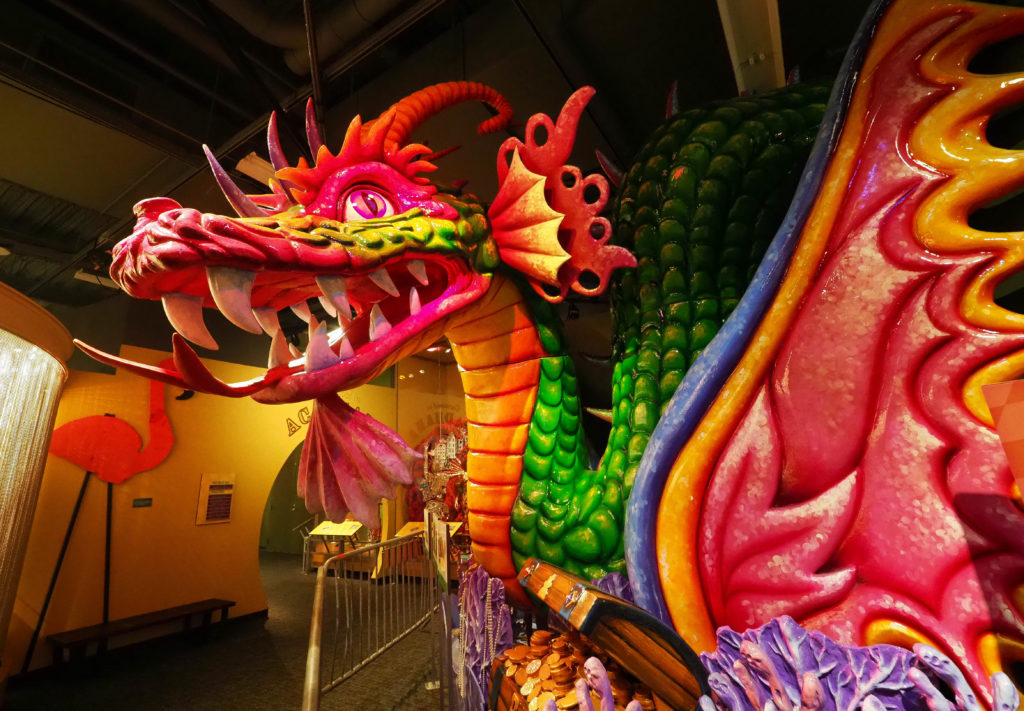
This dragon is part of an exhibit about Mardi Gras at the Capitol Park Museum. Pam LeBlanc photo
Other exhibits explain the state’s rice, cotton and sugar industry, the football tailgating experience, and the role of the Higgins boats in World War II.
I’ve long since mastered the art of eating a blue crab and know how to pronounce LeBlanc, too. (It’s le-BLAN, without a hard c at the end.) I even know the difference between a swamp and a bayou. (Swamps are low-lying, uncultivated patches of land where water collects. Bayous are slow-moving bodies of water or marsh, usually along the Mississippi River Delta.)
But even after more than 20 years of marriage to a Louisiana boy, I felt just a bit more like a local when I left the Capitol Park Museum.
If You Go

Getting there:
The Capitol Park Museum is located at 660 N. Fourth Street in Baton Rouge. The museum is open from 9 a.m. to 4 p.m. Tuesday through Saturday. Admission is $7 for adults, $6 for students and seniors, and free for children 6 and under. Admission is also free the first Sunday of each month.
Do:
Explore the museum exhibits to learn about Louisiana history and culture. While you’re in the neighborhood, visit the Louisiana State Capitol across the street, 900 N. Third Street. You can still see the bullet hole in the wall from when Governor Huey P. Long was shot to death. Then walk a few blocks to the old State Capitol at 100 North Blvd. Mark Twain once described it as “the ugliest thing on the Mississippi.” Obviously, he never saw the chemical plants that line it today.
Eat & Drink:
Eat raw oysters at Acme Oyster House, 3535 Perkins Road in Baton Rouge. Drink café au lait and eat donuts at Coffee Call, 3132 College Drive. Sip a frozen daiquiri from New Orleans Original Daiquiris, 153 Lee Drive, Suite D.

Pro Tip:
If you visit the Capitol Park Museum on a Saturday, stop by the Red Stick Farmers Market, which operates from 8 a.m. until noon at 5th and Main Streets, a block away. Vendors sell fresh fruit and vegetables, meats, bread, honey, ice cream and cheese.











